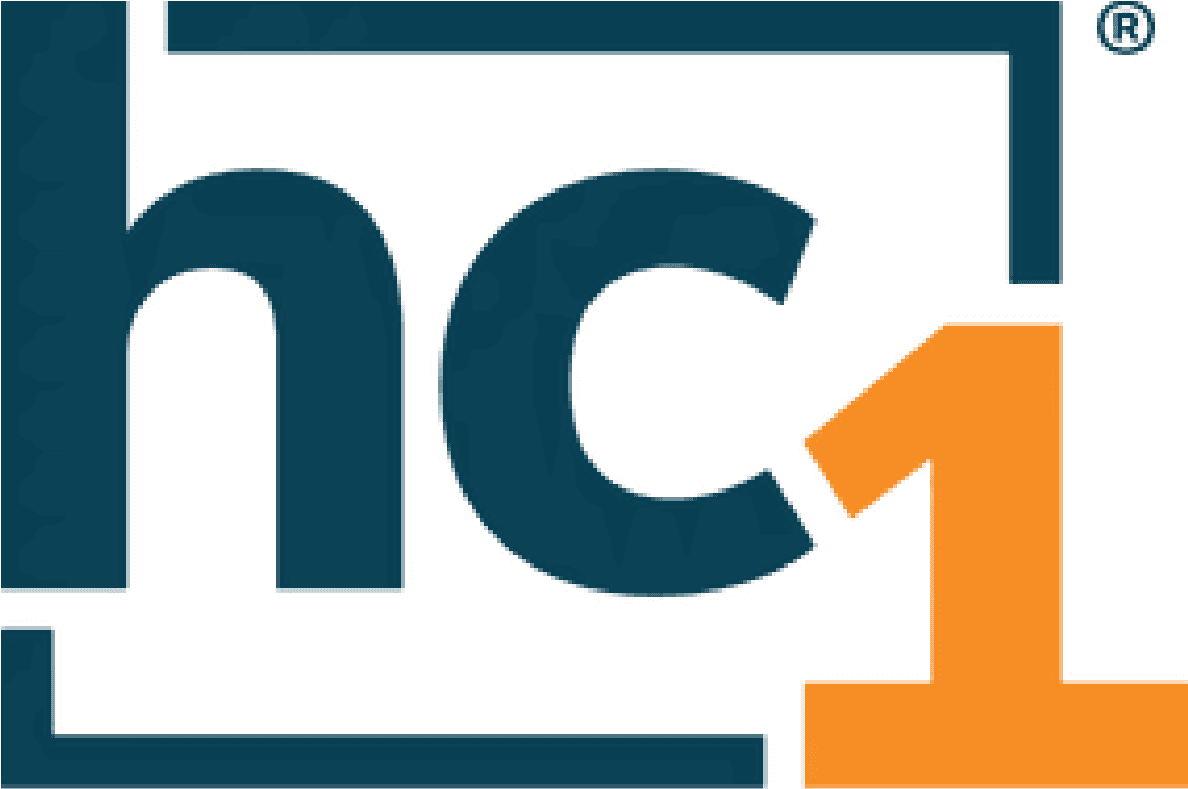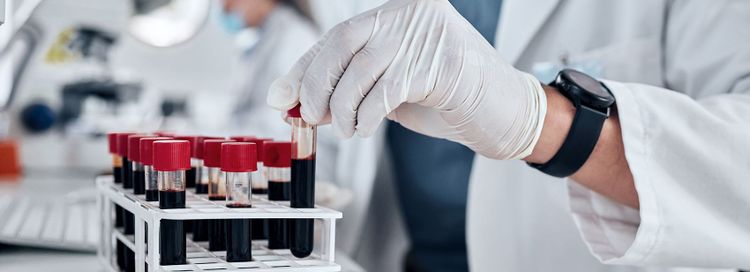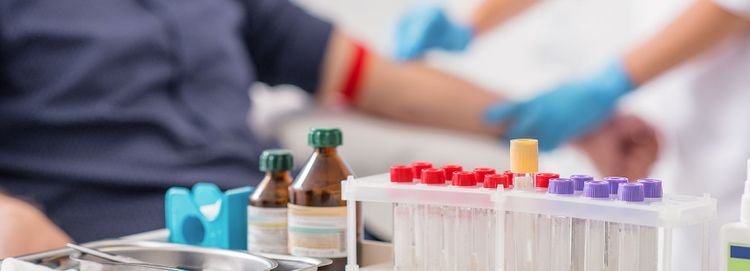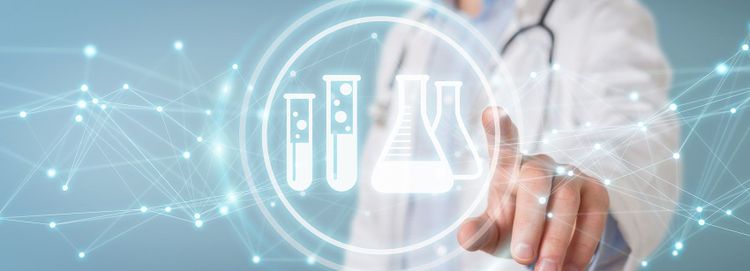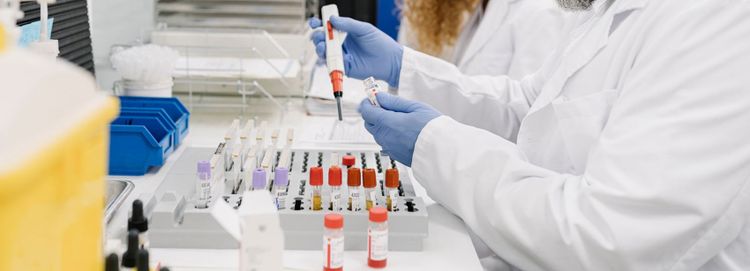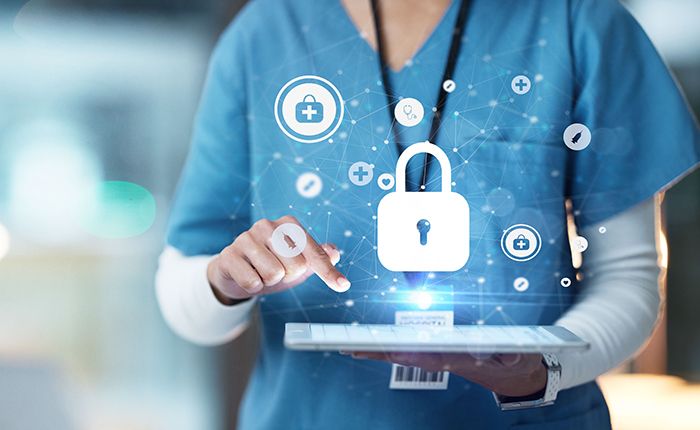May 27, 2021
Editor’s note: Who we are as a company has been on our minds lately here at hc1. It’s just as important as what we do, because each individual on our team contributes something of themselves to the solutions we deliver. So we asked Lori Smith, PHR our SVP of Talent, to share her perspectives on the team and talent that are hc1.
In honor of Mental Health Awareness Month, and as hc1’s Talent leader, I would be remiss if I didn’t acknowledge the impact of the past year – both personally and professionally. I feel effective role modeling from leadership is one of the most powerful drivers in ensuring people take care of their mental health. The shame of talking openly about mental health is finally diminishing, but it’s no secret mental health has historically had a negative stigma associated with it.
I can say that from an HR perspective, the increased awareness around mental health is an invaluable outcome of 2020. As a human, I also recognize there is a crucial difference between May 2020 and May 2021 – we have all lived through 14 months of pandemic life.
Work. Sleep. Repeat.
When the office first shut down, we were all isolated but with purpose. My team and I went into overdrive, reaching out to our people and making sure they felt supported and connected. The escalated focus on employee wellbeing that erupted during that time helped remove some of the awkwardness as we were asking people how they were feeling. There was mutual value being exchanged between me/my team and our team members.
Before we knew it, the two-week office shut down quickly turned into ten months. On many levels, self-care was missing and/or severely lacking. For me, I couldn’t pinpoint on just one or two things. It wasn’t just work, personal or hearing about COVID nonstop – every day felt like it was groundhogs day and frequently felt varying degrees of “feeling off” – just in a different hc1 shirt. Enter Phase Burnout…
Clear as mud.
According to the World Health Organization (WHO), mental health is “a state of wellbeing in which the individual realizes his or her abilities, can cope with the normal stresses of life, can work productively and is able to make a contribution to his or her community.”
What is considered “normal” stresses of life? A pandemic isn’t “normal”. What does “work productively” mean exactly? I’ve had many days when I showed up physically and made contributions to my work/team, but mentally, I was exhausted and ended the day feeling incredibly unproductive. How about “can cope”? If that can be defined by putting on a clean hc1 sweatshirt and almost clean jeans, then I had been killing it – right?
Reconnecting with Purpose
So what is the difference between “normal” mental health and mental disorders? Sometimes it’s clear – and well, sometimes it’s just not. If someone feels bad and it affects their day-to-day life, it’s a mental health concern.
We can’t expect people to go through 14 months (and counting) and assume everyone will come out the other side being fine. Those effects should be considered, even if we’re walking around maskless and vaccinated.
Many will recover uneventfully; for others, the pandemic was a disruptive inconvenience, but it has been unexpectedly punishing for a lot of us. Key takeaway – not only is mental health hard to measure, but it is also even easier to ignore.
Making sure that you are meeting your mental health needs is critical. Like I said before, the past 14 months haven’t been easy, and recognizing that you are struggling is okay. The below resources can help you learn more about how you can support Mental Health Awareness Month and your own wellbeing.
